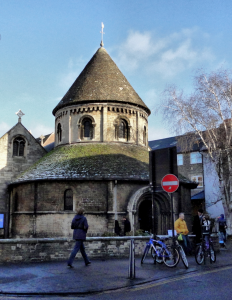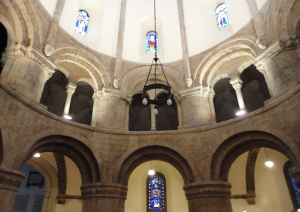Excellent article!
The mystery of the Princes in the Tower has been the topic of hot debate for centuries, and that debate shows no signs of vanishing anytime soon.
Neither does the misinformation that appears on the Internet with depressing frequency: ‘Tanner and Wright proved it was the princes’, ‘The discovery of two skeletons indicated they were murdered by smothering,’ and even an astounding article that claimed the Princes were murdered specifically on July 26!
Some who argue for the ‘bones in the urn’ being those of Edward and Richard like to say ‘What are the chances that two random children’s skeletons would be found in that spot?”
Answer: pretty good, actually. England is an old country, with layer on layer of occupation. There was Roman and Iron Age settlement under the Tower, dating from 1000 years before the present structure. It is the same across the country. A field near my…
View original post 475 more words





 Before I had even set foot in Cambridge, I knew of The Round Church.
Before I had even set foot in Cambridge, I knew of The Round Church. of the Holy Sepulchre by Reinald the Abbot of Ramsey.
of the Holy Sepulchre by Reinald the Abbot of Ramsey.